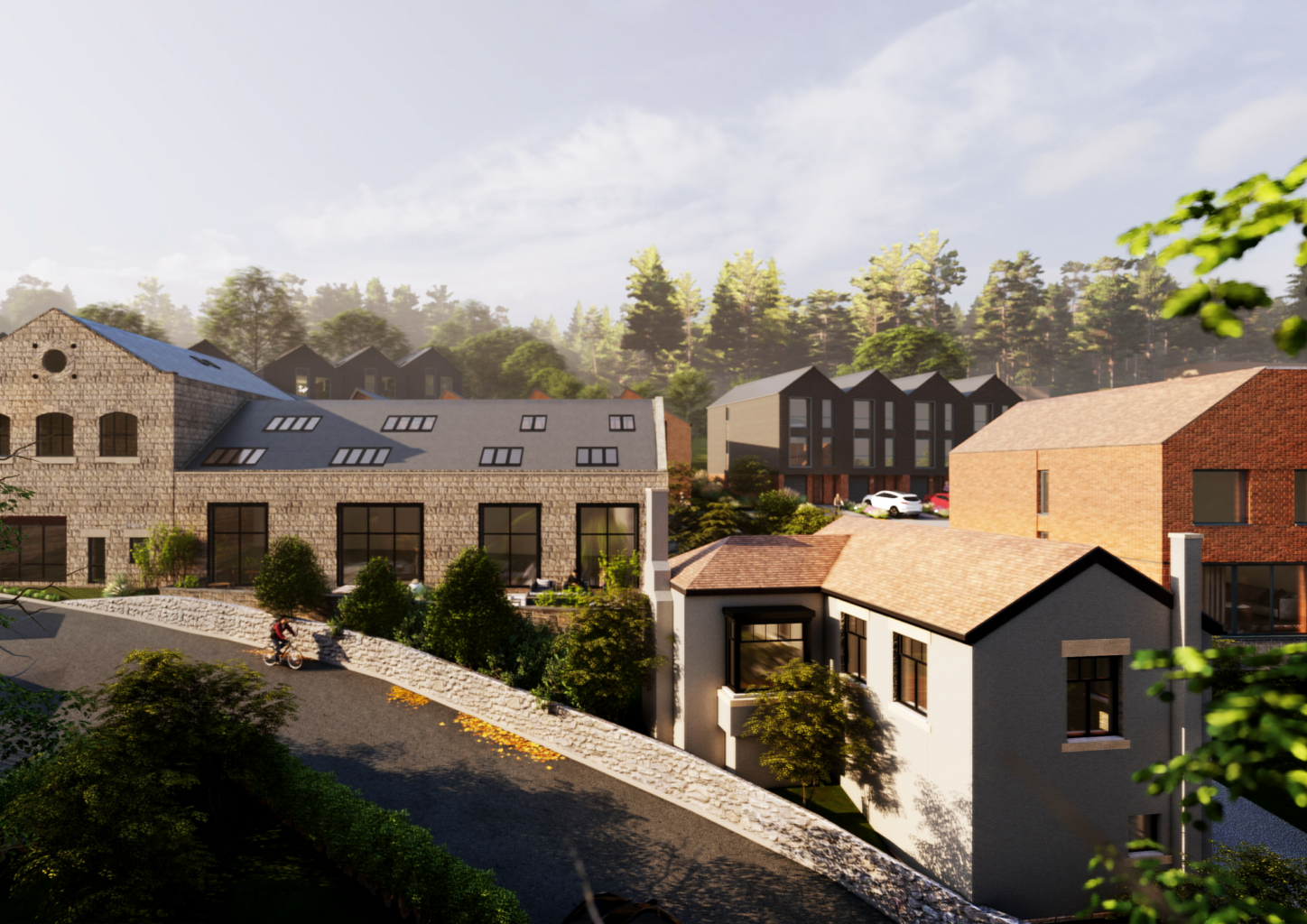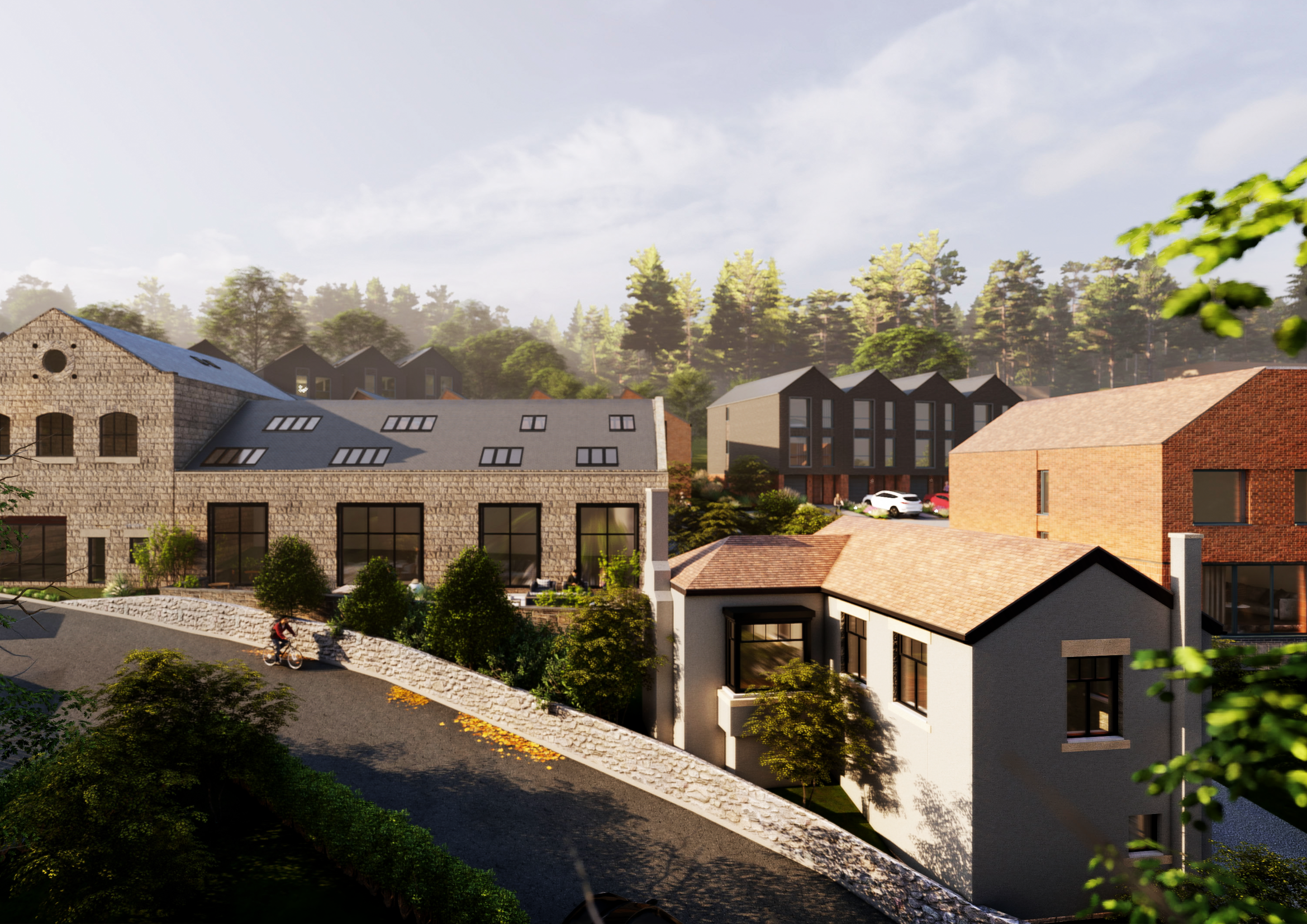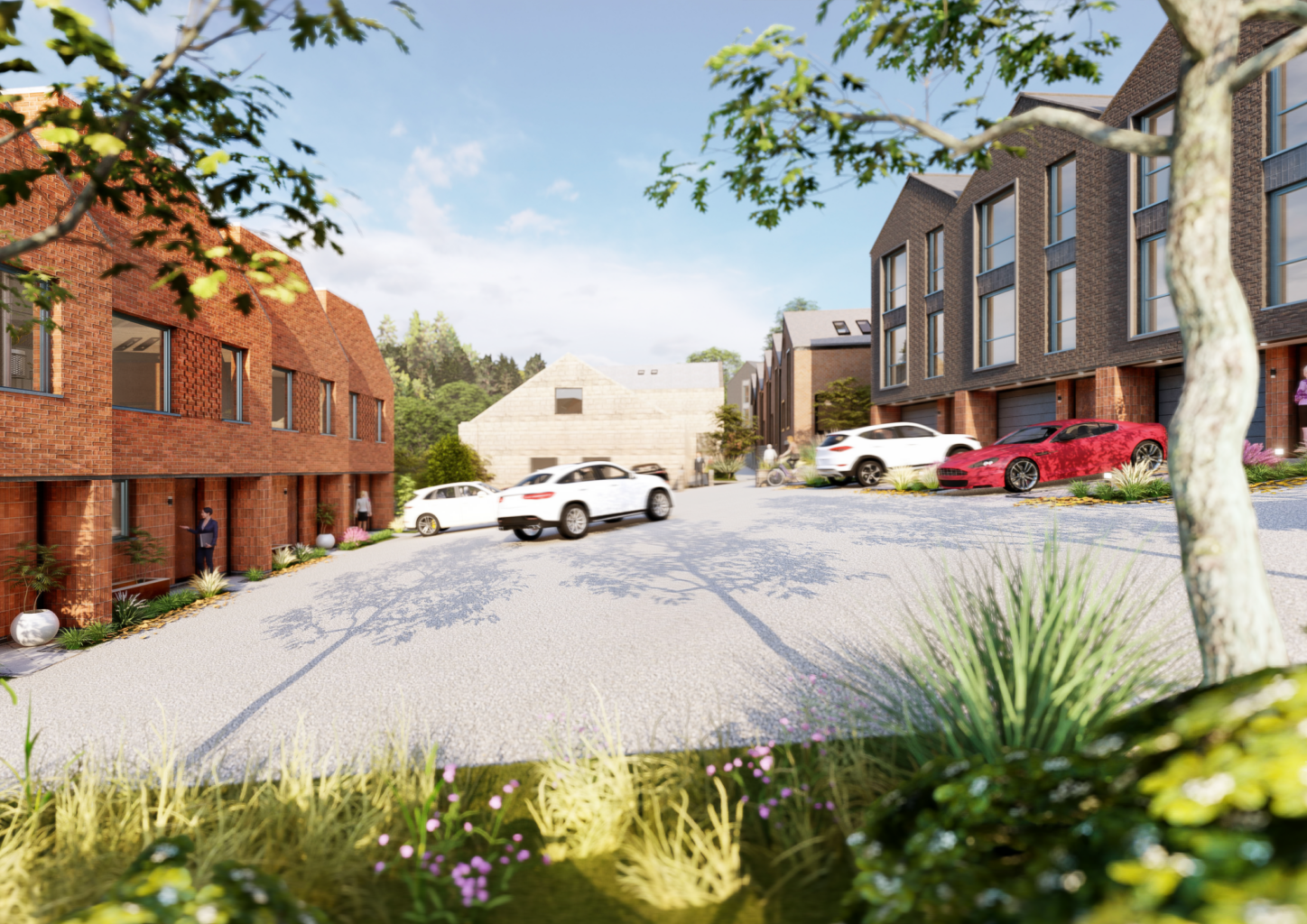Latest News | 19 June 2024
Architect submits plans for historic mill complex transformation

Matthew Montague Architects has put forward plans to transform a historic Derbyshire mill complex into new homes.
The firm has lodged proposals with Derbyshire Dales District Council to breathe new life into the derelict Lumsdale Mill, near Matlock.
The conversion of the 300-year-old complex would see 11 apartments and 14 houses created.
The planning application proposes converting the former mill into apartments, with additional houses to be constructed within the surrounding grounds.
If permission is granted, the development will include a mix of two, three and four-bedroom apartments, plus a number of bespoke affordable homes.

With a total of 59 parking spaces planned for the site, the project aims to strike a balance between historical preservation and modern functionality.
Paul Myers, architect at Matthew Montague Architects, said “The redevelopment of the site will provide much-needed quality accommodation while preserving and securing the buildings for many years to come.
“The new dwellings combine heritage, innovation and sustainability; it will be great place to live.”
The mill complex was originally built as the Farnsworth Bleach Works in the 17th century.
Since then, it has had various uses over the years – most recently home to a printing business.

Matthew Montague Architects said that remaining outbuildings at the site would eventually become commercial and business premises.
Matthew Montague said: “Because the buildings are in a varying state of disrepair and lack modern facilities, they are basically not viable for ongoing commercial use.
“With considered design, the new development will fund the restoration of important historic structures and ensure the long-term preservation of the site, whilst providing great new facilities for business to work from.
“It’s a fantastic site, that is significant to the county’s history. We are delighted to be involved with its evolution and to help develop and preserve it for the next 100 years.”


